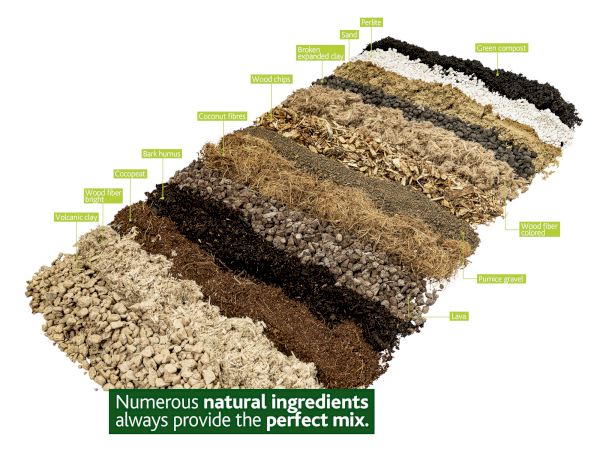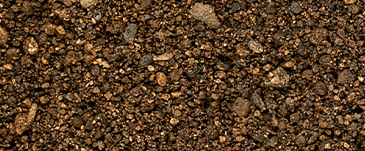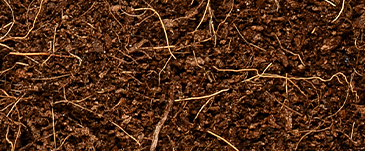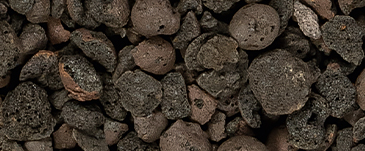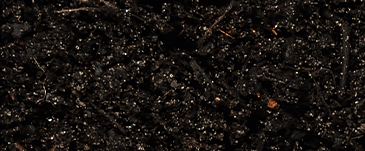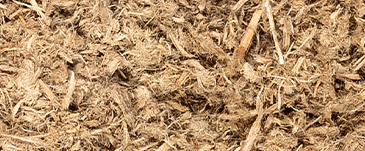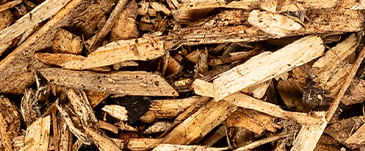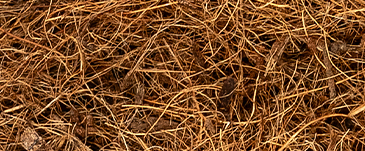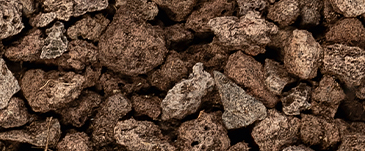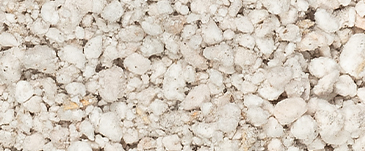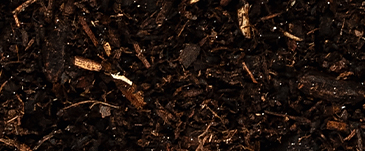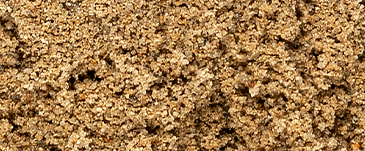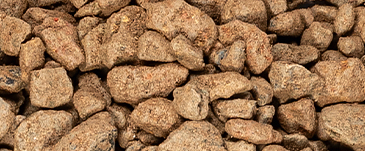The basis for our success
The valuable but limited raw material peat, which we extract from around 4,500 hectares of our own moorland, is still the ultimate in horticulture. Because it is produced from the decomposition process of peat moss without any air, its quality is hardly subject to fluctuations. Professional gardeners therefore appreciate the resulting substrates, which are always of consistently good quality, and the resulting maximum reliability for plant growth. The low pH value and long life also contribute to the fact that peat is difficult to replace. In addition, the substitutes are not yet available in the quantities required to completely dispense with peat.
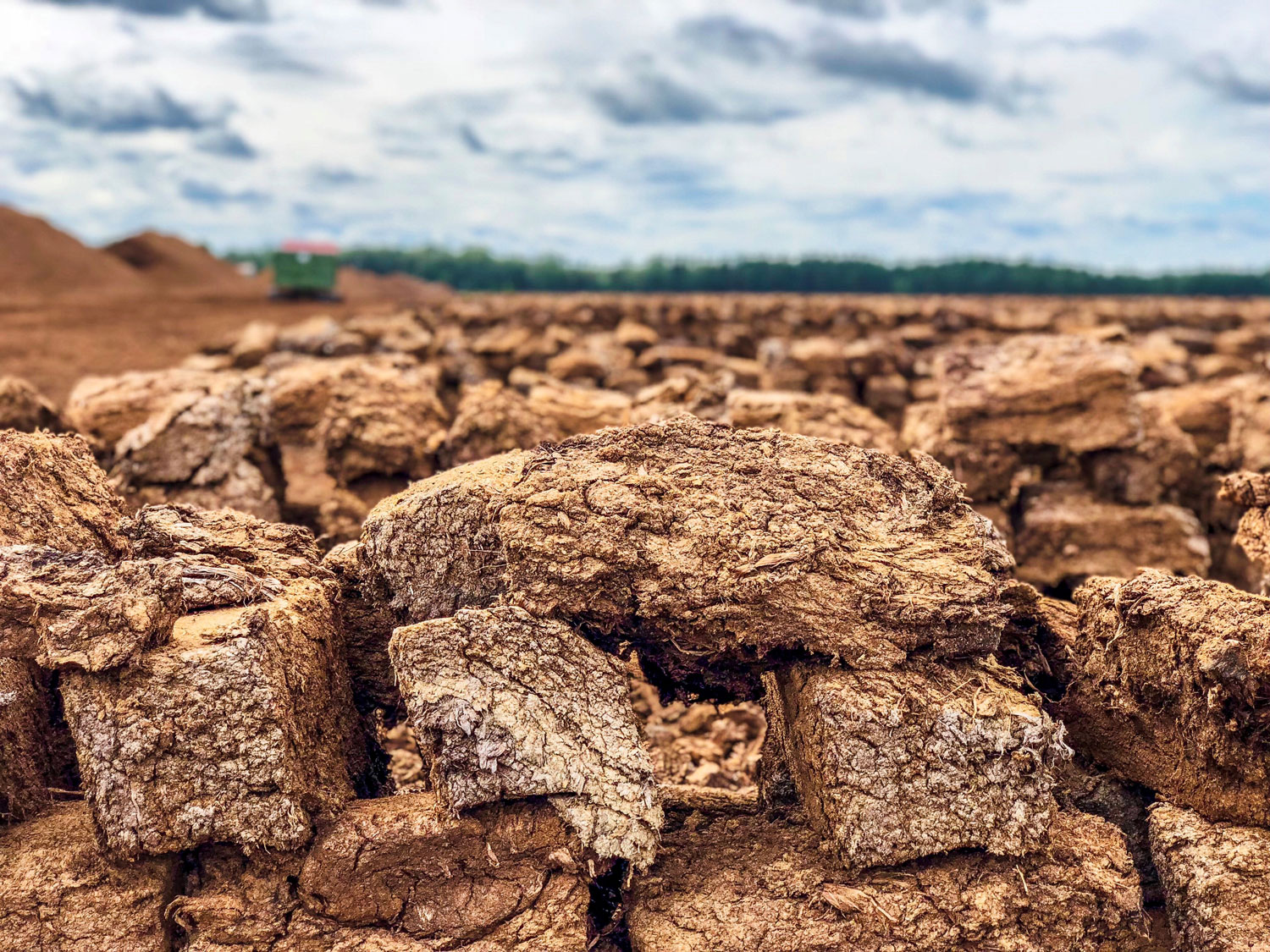
Many years of experience with alternative raw materials
We have being using alternative raw materials in our soils and substrates for over 60 years now. In the Vogelsberg district of Hesse, we extract a high-quality volcanic clay that has crumb stability, constantly supplies trace elements and gives the growing substrate the necessary heaviness. For the famous Fruhstorf mixture, we mix it intensively with peat to create a stable clay-humus compound, a first-class growing substrate with a high pore volume and improved physical properties.
Numerous natural ingredients for the perfect mix
Working together with universities and customers, we are also conducting intensive research into new additives for horticulture and developing numerous peat-reduced and peat-free mixtures. The wide range of high-quality alternative raw materials available to us, which are sourced from domestic production wherever possible, means we can carefully select and combine those that are ideally suited to the respective application. By precisely adapting the formula to the needs of the plants to be cultivated, we are able to continuously reduce the peat content while maintaining the usual high quality.
Customised peat-free special mixes
We also have many years of experience in the field of completely peat-free soils and substrates. For customers who would like to go one step further and do without peat, we also produce customised peat-free mixtures.
Alternative raw materials at a glance
Pumice gravel
The porous volcanic rock has a very high air capacity and ensures good soil aeration. It promotes structure and improves drainage capacity.
Cocopeat
Cocopeat comes very close to peat in terms of air capacity and water retention capacity and has proven to be a very good substrate start material. Coconut pulp has a balanced air and water flow and very good rewetting ability.
Broken expanded clay
The mineral expanded clay granulate stores water well. At the same time, it ensures a high air volume in the root area, which prevents waterlogging.
Green compost
Compost offers high microbial activity and stimulates root development as well as plant growth. It acts as a slow-release source of nutrients and extends the longevity of crops.
Wood fibres
The high pore volume of wood fibres ensures a good drainage effect and rewetting ability. Weed-free and low nutrient/salt content make it an effective base material for growing substrates and potting soils.
Wood chips
Untreated wood chips made from regional coniferous wood offer a good drainage effect. They also improve the structural stability of substrates.
Coconut fibres
With high air capacity and capillarity, coconut fibres ensure rapid water transport within the root zone. They are easy to remoisten and support the structural stability of the substrate.
Lava
Lava has excellent structural stability and is therefore mainly used in substrates for roof gardens, trees and indoor greenery.
Perlite
Perlite effectively prevents waterlogging thanks to its high air capacity and excellent drainage properties. The glass-like stone also offers excellent structural stability and is pH-neutral.
Bark humus
Bark humus has a high exchange capacity, which results in good nutrient and pH buffering. The tried-and-tested peat substitute is also easy to rewet.
Sand
Due to its high bulk density, sand is used to improve the stability of pot plants. It also improves the wetting of substrates that tend to dry out and shrink.
Volcanic clay
Clay is a excellent reservoir for water and nutrients, making watering and fertilising easier. It also provides valuable trace elements, protects the plants from deficiency diseases and increases their stability.

